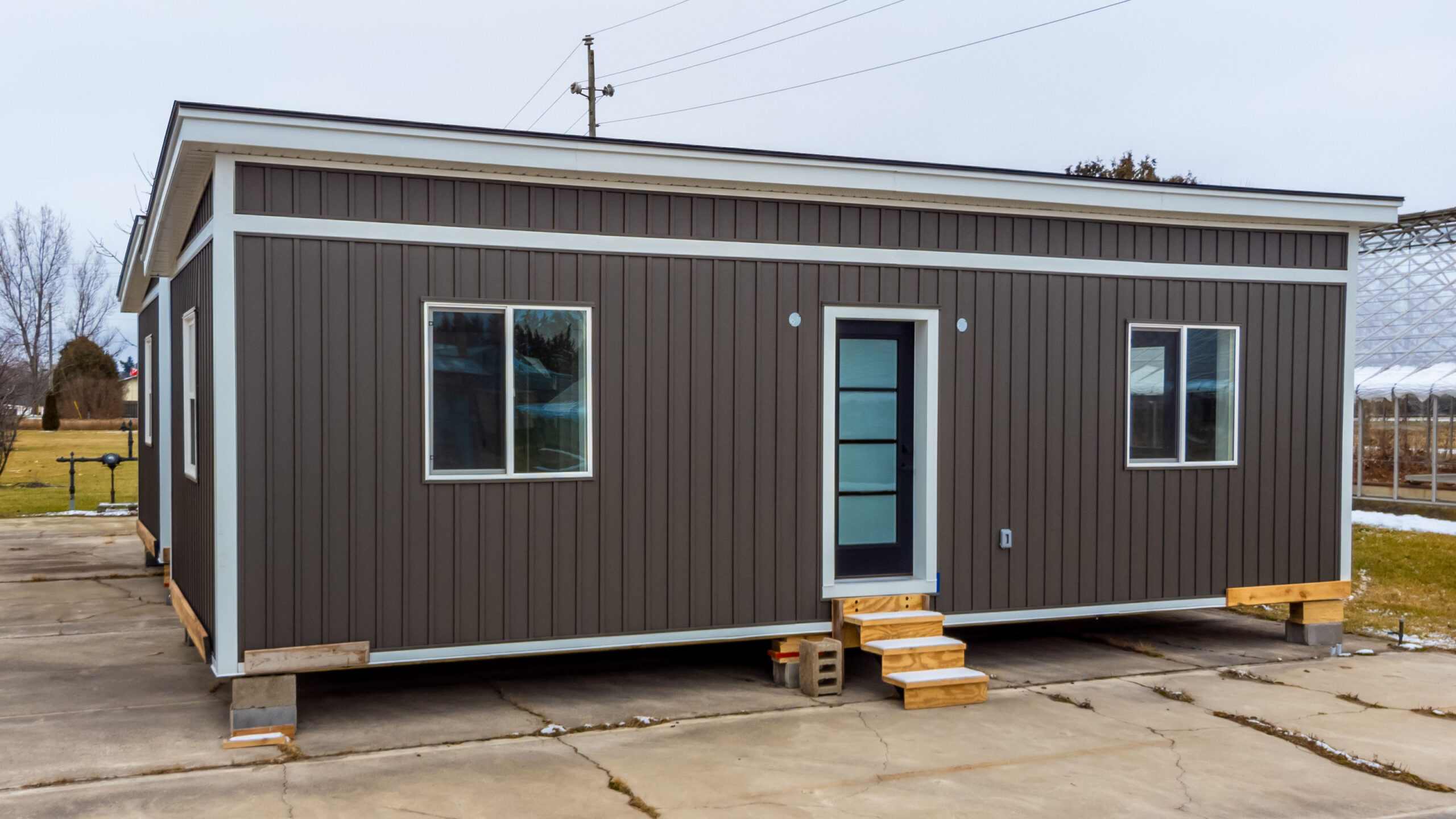
Tiny homes, also known as tiny houses or ARUs, are small, compact living spaces. They are designed to be energy-efficient and affordable.
The tiny house movement, which advocates for downsizing and living a more minimalistic lifestyle, has gained popularity in recent years as a way to reduce the environmental impact of traditional homes and lower the cost of living. Tiny homes can be built from a variety of materials, including wood, metal, and even recycled materials, and can be customized to meet the needs of the owner.
One of the main advantages of tiny homes is their affordability. With a smaller footprint, tiny homes require less materials to build, which reduces the cost of construction. They also have lower energy costs, as they require less heating and cooling to maintain a comfortable temperature. Additionally, tiny homes often have a smaller environmental impact, as they generate less waste and use fewer resources.
Another benefit of tiny homes is their mobility. They can be easily moved to a new location. This makes them a good option for people who want the freedom to change locations or who may need to relocate for work or other reasons.
Tiny homes offer an affordable and energy-efficient alternative to traditional housing, and can be a good option for people looking to downsize or live a more minimalistic lifestyle. The benefits of a smaller environmental footprint, lower costs, and mobility make it an appealing option for many people.
